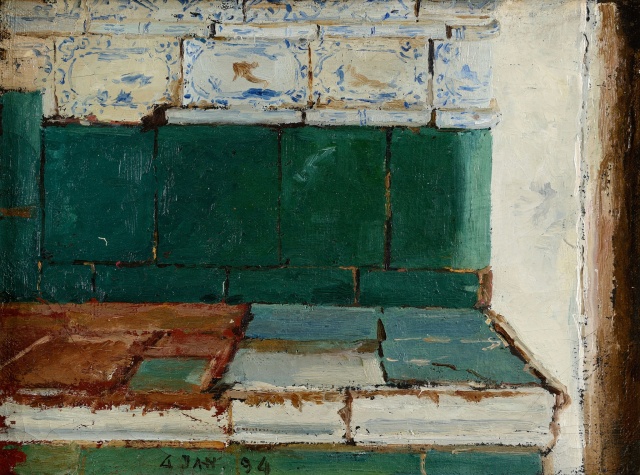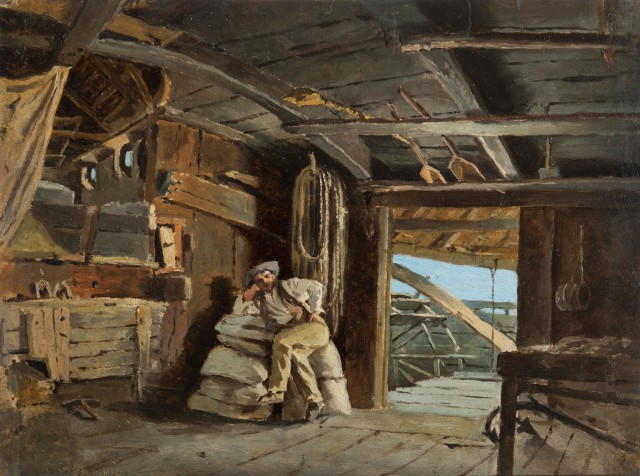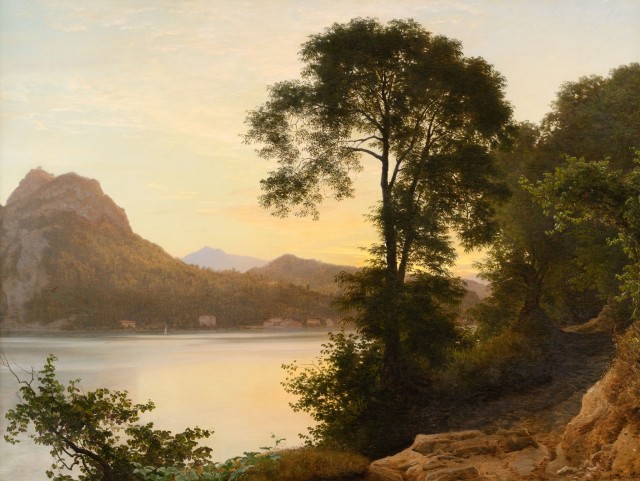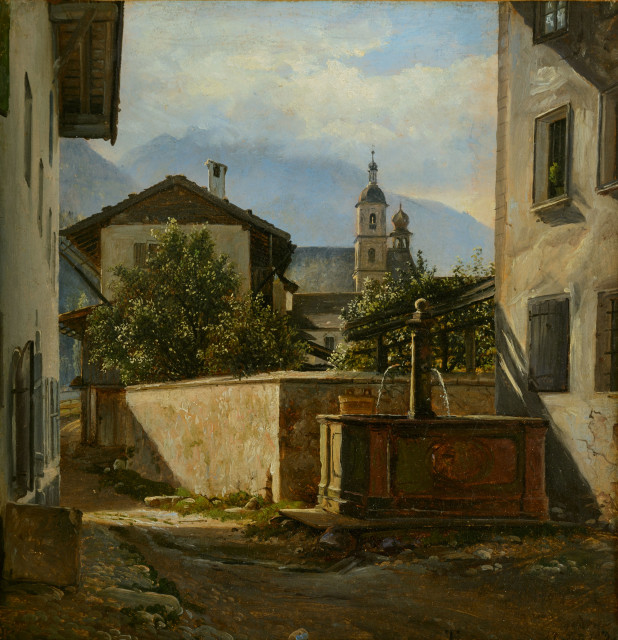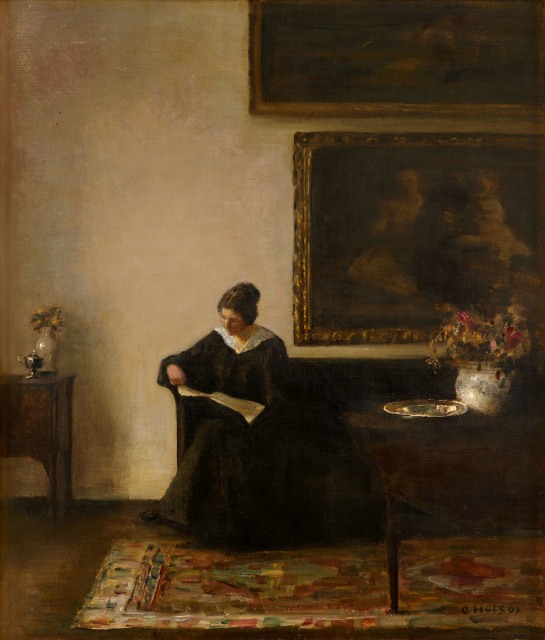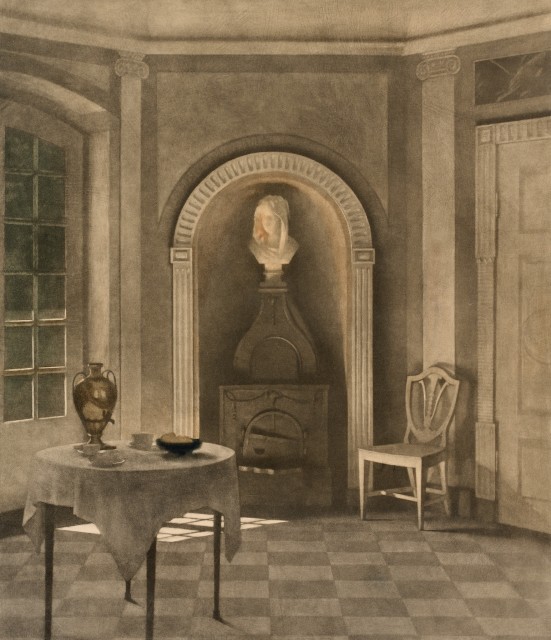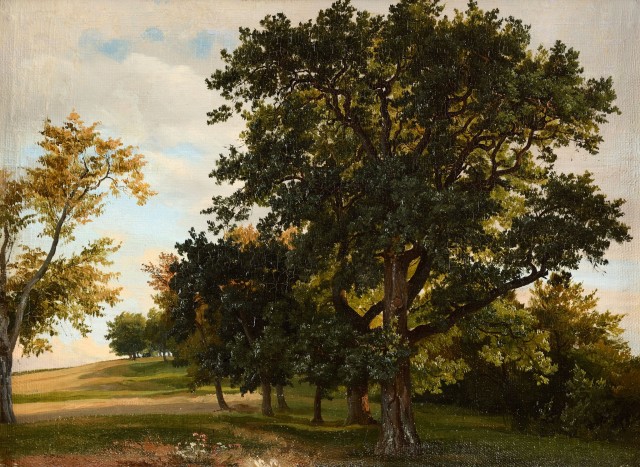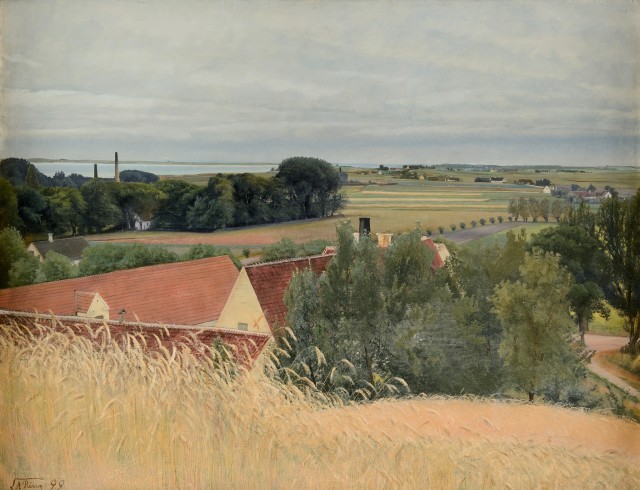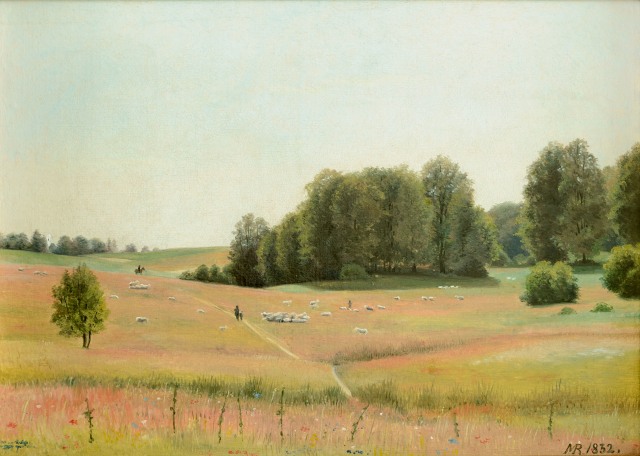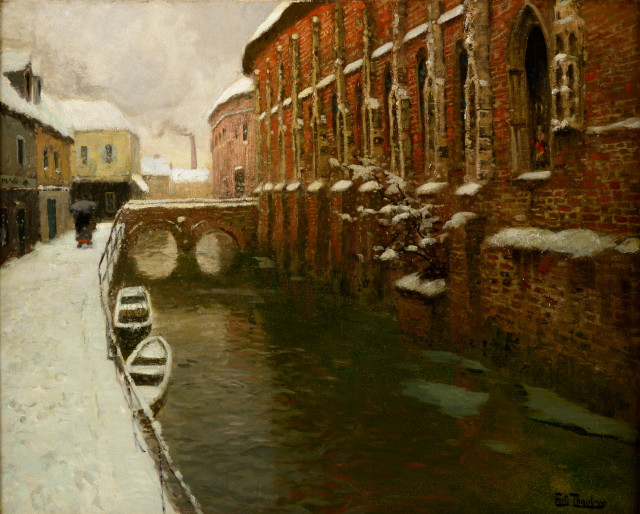-
Albert Anker
-
Louis-Léopold Boilly
-
Guido Carmignani
-
Janus La Cour
-
Thomas Fearnley
-
Anton Graff
-
Erik Henningsen
-
Carl Holsøe
-
Peter Ilsted
-
Christian Krohg
-
Franz Krüger
-
Bruno Liljefors
-
Xavier Mellery
-
Friedrich Preller
-
Laurits Andersen Ring
-
Martinus Rørbye
-
Peter Christian Skovgaard
-
Frits Thaulow
-
Jan Weissenbruch
-
Willem Witsen
-
Kristian Zahrtmann
-
Robert Zünd
